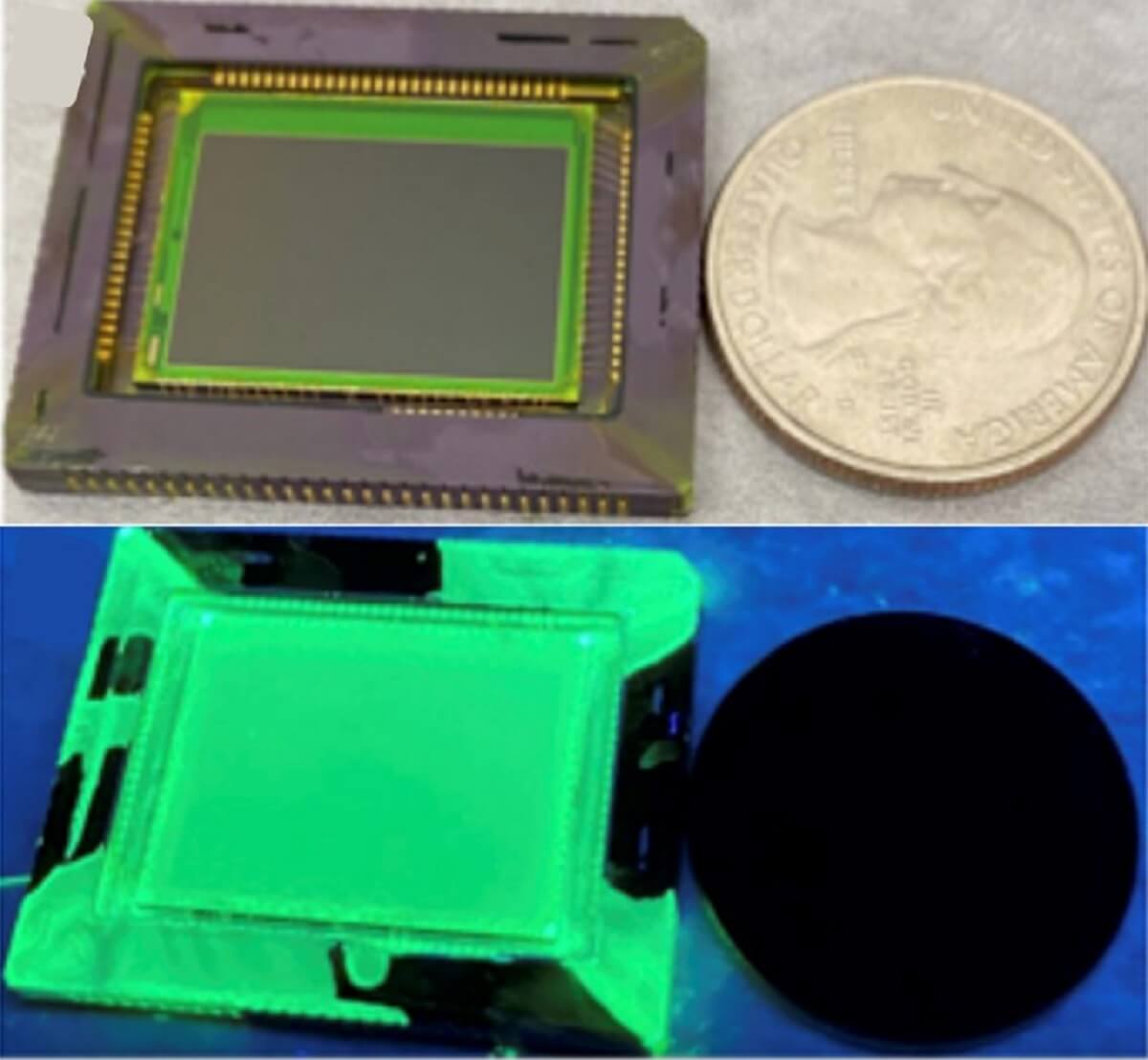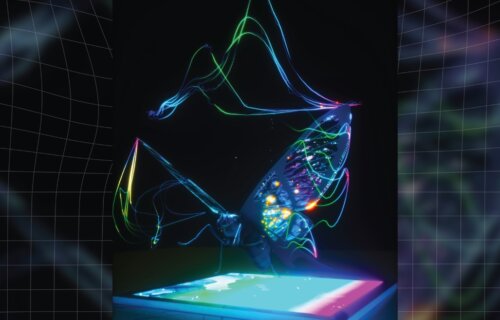URBANA, Ill. — New imaging technology, inspired by butterflies, can distinguish between normal and cancerous cells with 99 percent accuracy, researchers say. This breakthrough, led by researchers from the University of Illinois Urbana-Champaign, found that cancerous cells can be identified by their unique fluorescence in the UV spectrum.
The stimulus for this technology came from butterflies, particularly the Papilio Xuthus species.
“We’ve taken inspiration from the visual system of butterflies, who are able to perceive multiple regions in the UV spectrum, and designed a camera that replicates that functionality,” says lead researcher Professor Viktor Gruev in a university release. “We did this by using novel perovskite nanocrystals, combined with silicon imaging technology, and this new camera technology can detect multiple UV regions.”
Cancerous tissues contain certain biomedical markers in higher concentrations than healthy tissues. These markers, when excited with UV light, emit a glow through a process known as autofluorescence.

“Imaging in the UV region has been limited and I would say that has been the biggest roadblock for making scientific progress,” says study co-author and bioengineering professor Shuming Nie. “Now we have come up with this technology where we can image UV light with high sensitivity and can also distinguish small wavelength differences.”
The research team envisions utilizing this sensor in surgical procedures, while biologists are hopeful about using it to study other species capable of seeing in the UV spectrum.
“This new imaging technology is enabling us to differentiate cancerous versus healthy cells and is opening up new and exciting applications beyond just health,” Prof. Nie concludes.
The study is published in the journal Science Advances.
You might also be interested in:
- $3 blood test capable of early detection for several cancers
- Ants can learn to ‘sniff out’ cancer in patients
- New blood test detects tumors early among families with history of cancer
South West News Service writer Isobel Williams contributed to this report.

